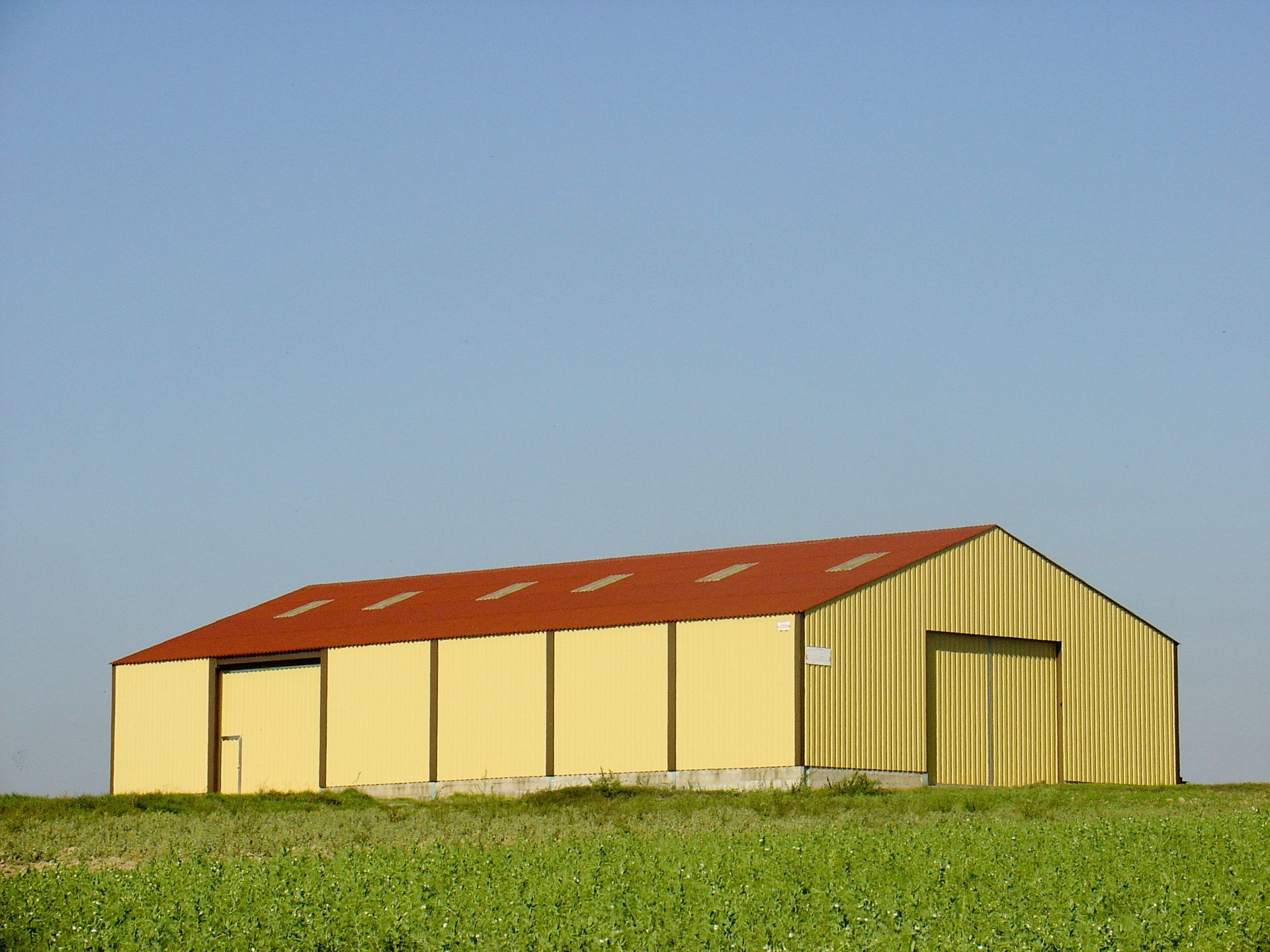Sustainability Features in Modern Metal Building Design
In recent years, sustainability has become a pivotal focus in modern architecture, driving innovations and design strategies toward environmental consciousness. A metal building, in particular, has seen a significant transformation as designers and architects strive to meet eco-friendly standards. This shift towards sustainable practices not only benefits the environment but also enhances the performance and longevity of buildings. According to Grand View Research, the U.S. pre-engineered metal building market was valued at $12.04 billion in 2023 and is projected to grow at a CAGR of 8.4% from 2024 to 2030. As the demand for sustainable metal buildings increases, the industry witnesses an upward trend in the adoption of technology and materials that align with environmentally friendly goals.
Understanding the Role of Material Selection
Considering the Recyclability of Metals
Metals such as steel and aluminum play a crucial role in the eco-friendliness of modern building designs due to their recyclability. These materials can be recycled repeatedly without degrading in quality or strength, making them ideal for sustainable construction. By using recyclable metals, the construction industry significantly reduces its reliance on virgin materials, thus minimizing the ecological impact. This closed-loop lifecycle contributes not only to environmental preservation but also to economic efficiency. As the awareness and importance of recycling grow, metals further solidify their role as sustainable building materials.
Increasing Durability and Longevity
The durability and longevity of metal materials contribute significantly to sustainability by reducing the frequency of repairs and replacements needed over a building's lifetime. Durable metals such as steel and aluminum withstand harsh environmental conditions, maintaining structural integrity and appearance. This resilience reduces the resources and energy that would otherwise be used to manufacture and transport replacement materials, minimizing the building's environmental footprint over time. Furthermore, the long lifespan of these materials translates into better return on investment, making them a practical and sustainable choice for construction projects. As builders and developers prioritize sustainability, the consideration of durable materials becomes paramount.
Promoting Lightweight Construction Advantages
Lightweight metals, including certain alloys of steel and aluminum, contribute to the sustainability of modern building designs by reducing the environmental impact of construction. The reduced weight of these materials translates to lower transportation energy and emissions, as more material can be transported at once. Additionally, lightweight metals allow for easier handling and installation, decreasing the labor and machinery required during construction. This not only cuts down on energy consumption but also reduces the construction timeline, contributing to overall project efficiency. The advantages of lightweight construction underscore the importance of thoughtful material selection in sustainable building design.
Gaining Thermal and Acoustic Insulation
Advanced metallurgical techniques enable enhancements in the thermal and acoustic insulation properties of metal building materials. Superior insulation reduces the need for artificial heating and cooling, thereby lowering energy consumption and costs. By improving energy efficiency, these insulated metals play a vital role in minimizing the carbon footprint of buildings. The integration of such insulation features is essential in addressing both the environmental impact of energy use and occupant comfort. As demand for energy-efficient buildings grows, so does the importance of incorporating metallurgical advancements in insulation technology.
Acknowledging Energy Efficiency Enhancements
Including Solar Reflective Roofs
Solar reflective roofs are a pivotal feature in enhancing the energy efficiency of a metal building by minimizing heat absorption. The reflective coatings applied to metal roofs deflect sunlight, ensuring cooler indoor temperatures and reducing reliance on air conditioning systems. This not only lowers energy costs but also significantly decreases the building's environmental impact. As energy efficiency becomes a priority in construction, solar reflective technology offers a practical solution for sustainable roofing. By integrating these reflective materials, buildings can meet higher sustainability standards and achieve greater energy conservation.
Insulating Wall Panels
Metal wall systems that incorporate high-performance insulation are integral to achieving superior energy efficiency. These insulated wall panels trap heat during the winter and maintain cooler temperatures during the summer, enhancing indoor comfort all year round. By decreasing the need for heating and cooling, these walls contribute to reduced energy consumption and lower utility bills. The integration of insulated wall panels is therefore a critical strategy for meeting sustainability goals in modern construction. With the increased focus on energy-efficient building materials, insulated metal walls are gaining prominence as an essential element of sustainable design.
Incorporating Renewable Energy Systems
Designing metal buildings to seamlessly integrate renewable energy systems such as solar panels and wind turbines is a forward-thinking approach to sustainability. These systems enable buildings to generate their energy, reducing reliance on non-renewable resources and minimizing carbon emissions. The incorporation of renewable energy enhances the overall efficiency and environmental friendliness of a building, making it a key component of sustainable architecture. As the global focus shifts toward renewable energy, architects and developers are prioritizing designs that support the integration of these systems.
Incorporating Smart Building Technologies
The integration of smart building technologies in metal structures plays a significant role in optimizing energy consumption and efficiency. Automated systems for lighting, heating, and cooling allow for precise control of energy use, ensuring environments are as efficient as possible. These technologies sense occupancy and adjust settings accordingly, preventing energy wastage when spaces are unoccupied. This intelligent management of resources contributes to sustainability by lowering the overall energy demand of buildings.
Providing Water Conservation Strategies
Using Rainwater Harvesting Systems
Incorporating rainwater harvesting systems into metal building designs allows for the efficient capture and reuse of water, contributing significantly to sustainability. By collecting rainfall from roof surfaces, these systems provide a sustainable source of water for landscaping and other applications, reducing dependency on municipal supplies. This practice aids in water conservation, particularly in regions prone to drought or water scarcity. The integration of rainwater harvesting aligns with broader environmental goals by promoting responsible water use and management. As a result, these systems are increasingly prioritized in sustainable building projects.
Utilizing Efficient Plumbing and Fixtures
Utilizing efficient plumbing systems and low-flow fixtures is a straightforward yet impactful strategy for reducing water consumption in metal buildings. Innovations in plumbing technology ensure that water use is minimized without compromising functionality, leading to decreased utility costs and environmental impact. These water-saving technologies are an essential part of sustainable design, offering both ecological and economic benefits. As concerns over water scarcity grow, the adoption of such solutions becomes a necessary consideration in building design.
Sustaining Green Roofs and Stormwater Management
Green roofs, when integrated into metal building designs, offer dual benefits of insulation and stormwater management. The vegetation layer on green roofs helps retain rainwater, reducing runoff and alleviating pressure on drainage systems. This natural water management system enhances sustainability by supporting urban biodiversity and improving building insulation, thereby lowering energy needs. The installation of green roofs reflects a comprehensive approach to sustainability, addressing multiple environmental concerns simultaneously.
Maintaining Graywater Recycling
Implementing graywater recycling systems in metal buildings represents an innovative approach to water conservation. These systems recycle water from sinks, showers, and laundry for non-potable uses such as irrigation and toilet flushing. By reusing graywater, buildings lower their total water consumption, easing the demand on municipal water supplies and promoting sustainability. The adoption of graywater recycling aligns closely with sustainable development goals, emphasizing resource efficiency and environmental responsibility.
Modern construction is embracing eco-conscious solutions, and today’s designs reflect that shift. From energy-efficient insulation to recycled materials, sustainability is now a core element in the evolution of the metal building. Contact Xtreme Structurez today to learn more about our metal buildings.


Share On: